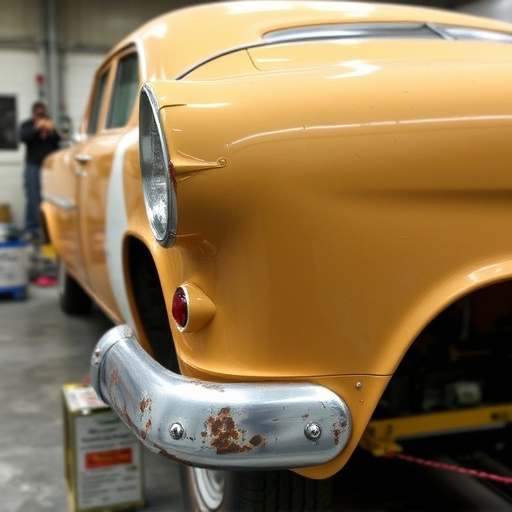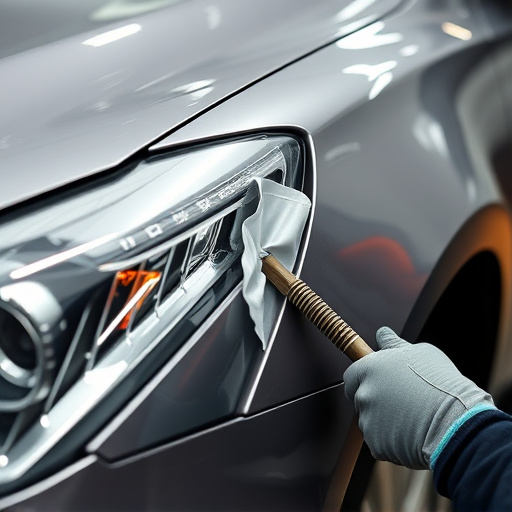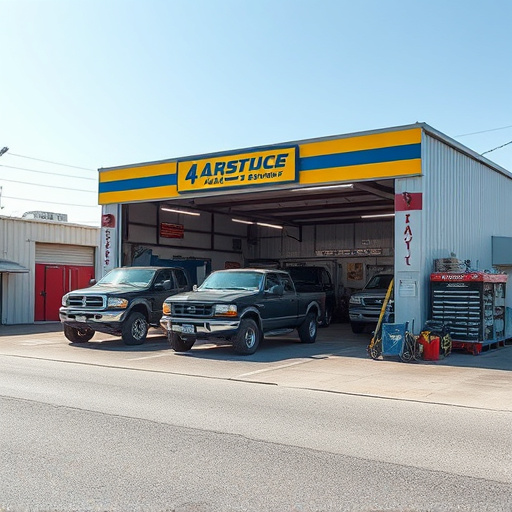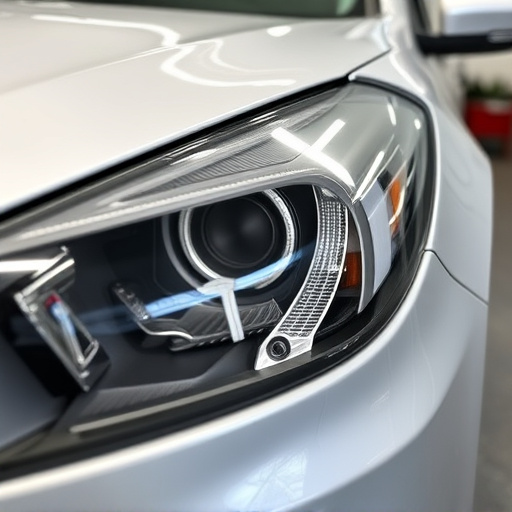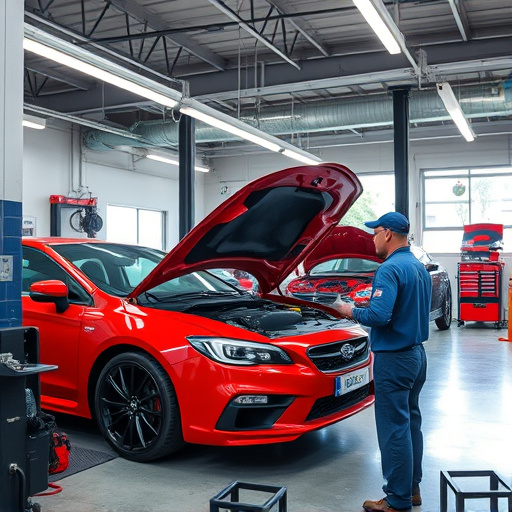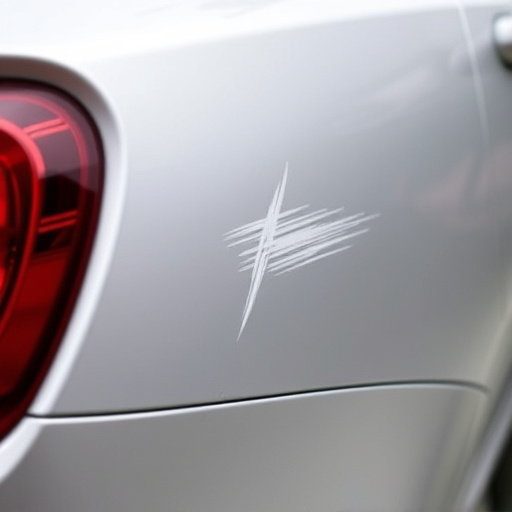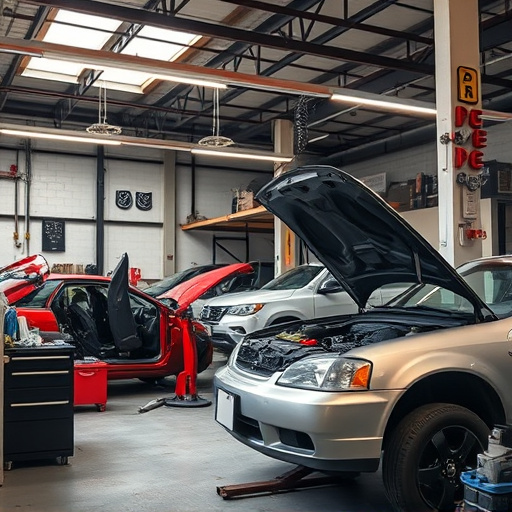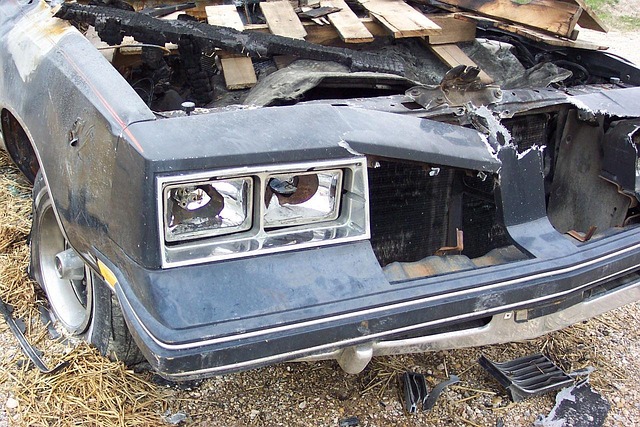Vehicle dent fixing is crucial for maintaining appearance and value, with costs varying by damage severity. DIY methods save money for minor issues like scratches, but complex damage requires professional repair. Outsourcing ensures quality work, prevents further damage, and may ultimately be more cost-effective.
Vehicle dent fixing is a cost-effective solution for car owners looking to repair minor damages. Understanding common types of dents and their potential repair costs is the first step. This article explores DIY methods for saving money, guiding you through simple techniques to tackle small dents. For more complex cases, we discuss professional services, helping you decide when to outsource repairs. Vehicle dent fixing can significantly reduce overall maintenance expenses, ensuring your vehicle stays in top condition without breaking the bank.
- Understanding Common Car Dents and Their Costs
- The Benefits of DIY Dent Fixing for Savings
- Professional Services: When to Outsource Repairs
Understanding Common Car Dents and Their Costs
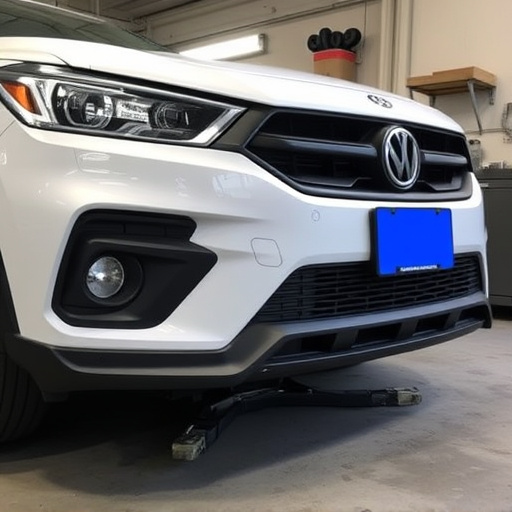
Car dents can take various forms, from small, shallow scratches to deep, impactful damage that affects structural integrity. Common types include door dings, bumper nicks, and edge chips, often caused by parking lot collisions or road debris. These seemingly minor inconveniences can significantly impact your vehicle’s appearance and value if left unattended.
The cost of repairing these dents varies widely depending on their severity. Simple scratch repairs might only cost a few hundred dollars, while more complex damage, such as large dents or panel replacements, could result in repair bills reaching several thousand dollars. Proactive vehicle dent fixing through methods like paintless dent repair (PDR) can save you considerable money compared to extensive auto body work or complete car repairs offered by traditional car repair services.
The Benefits of DIY Dent Fixing for Savings
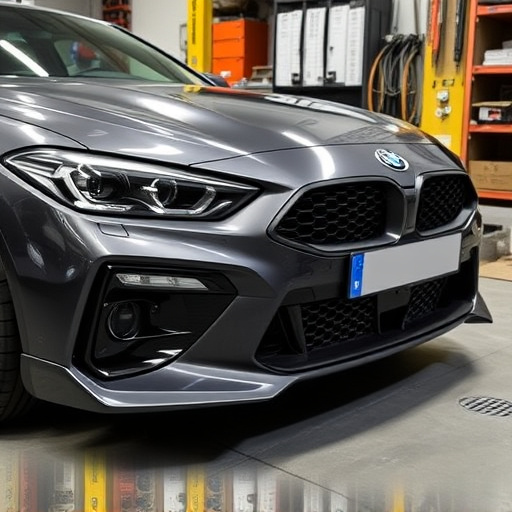
DIY dent fixing for your vehicle offers a range of benefits that can help you save money on repairs. By taking care of small dents and dings yourself, you avoid the costs associated with visiting an auto collision center or engaging in complex frame straightening procedures. Auto painting services, while essential for more severe damages, are also typically more affordable when done as a DIY project, especially if you opt for touch-up paints designed specifically for your vehicle’s make and model.
This cost-saving approach allows you to maintain the integrity of your car’s exterior while freeing up financial resources for other essential maintenance tasks or unexpected repair bills. Furthermore, learning vehicle dent fixing skills can enhance your overall automotive knowledge, empowering you to tackle future minor issues without professional intervention.
Professional Services: When to Outsource Repairs
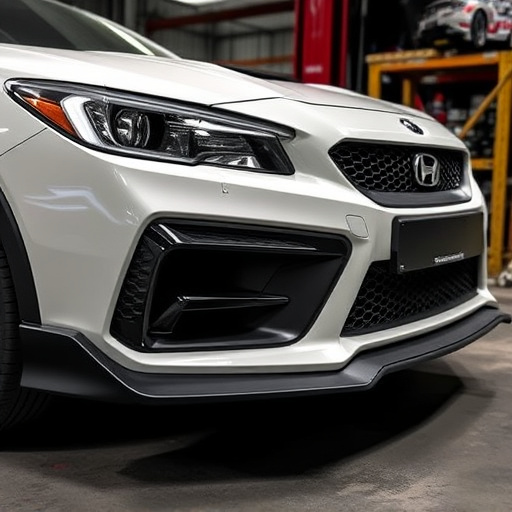
When it comes to vehicle dent fixing, knowing when to outsource repairs is crucial for saving money and ensuring quality work. While some minor dents and scratches can often be fixed DIY, more complex damage requires professional expertise. A skilled technician will have the tools and training to handle even severe vehicle collision repair, from pressing out deep dings to straightening bent panels. Investing in professional services not only guarantees a flawless finish but also prevents further damage that could arise from improper DIY attempts, ultimately saving you money in the long run.
Vehicle dent fixing isn’t just about enhancing your car’s aesthetics; it’s a cost-effective strategy that can save you substantial money on repairs. By understanding common dents and their potential costs, embracing DIY methods for minor issues, and knowing when to outsource to professionals, you can navigate car maintenance with greater financial foresight. Remember, timely intervention through effective vehicle dent fixing can prevent more severe damage down the line.

